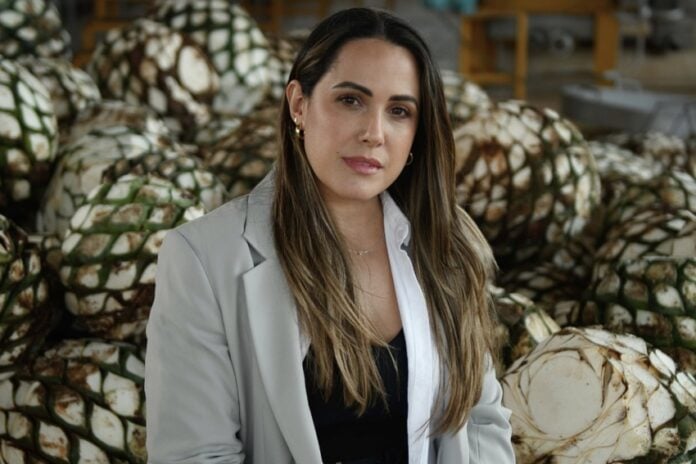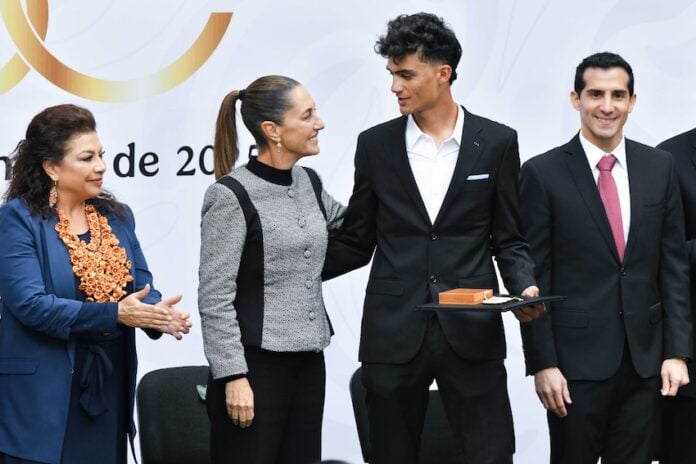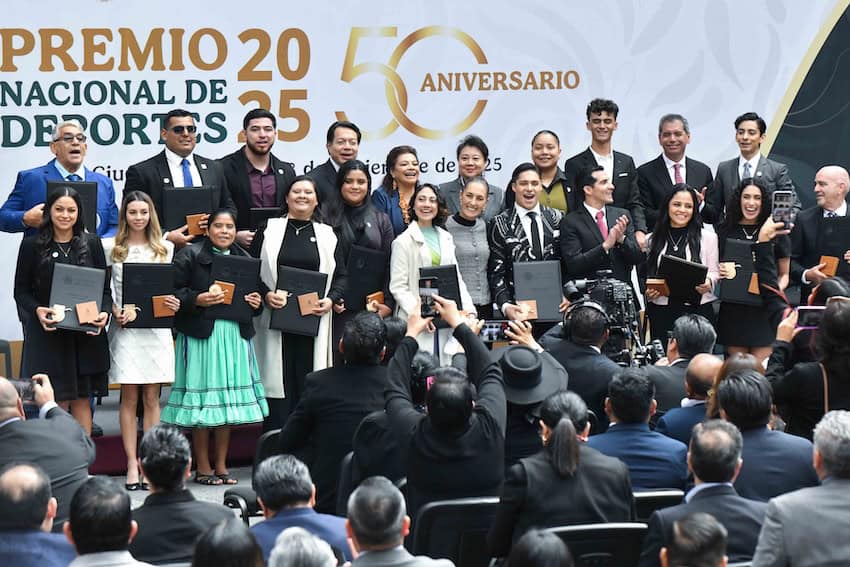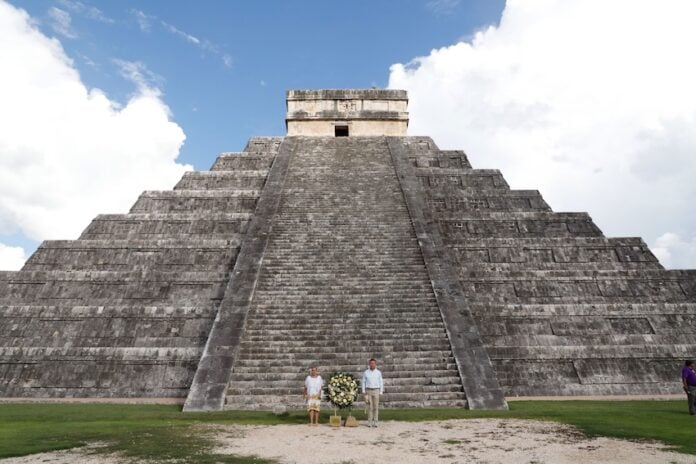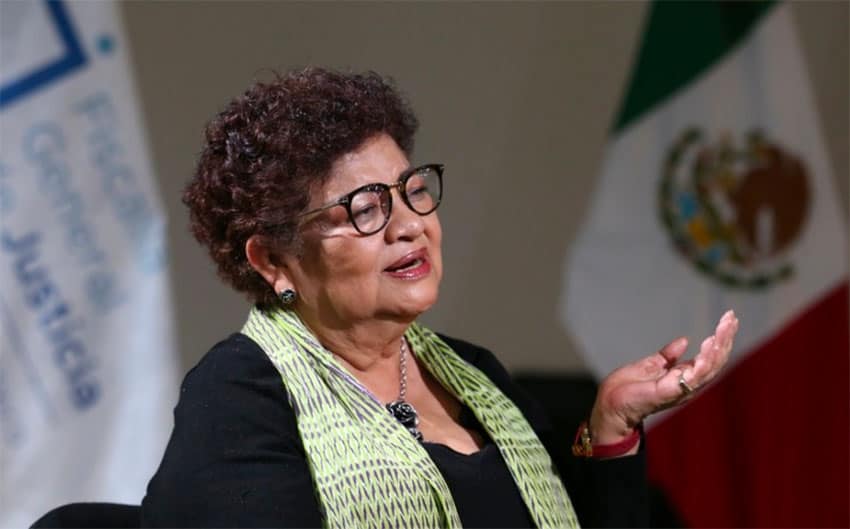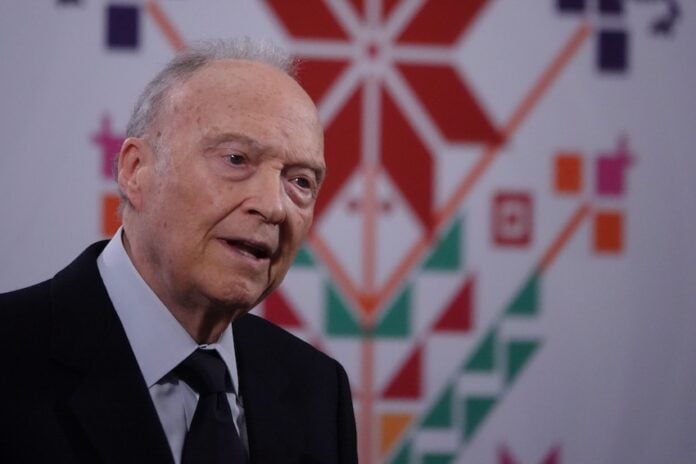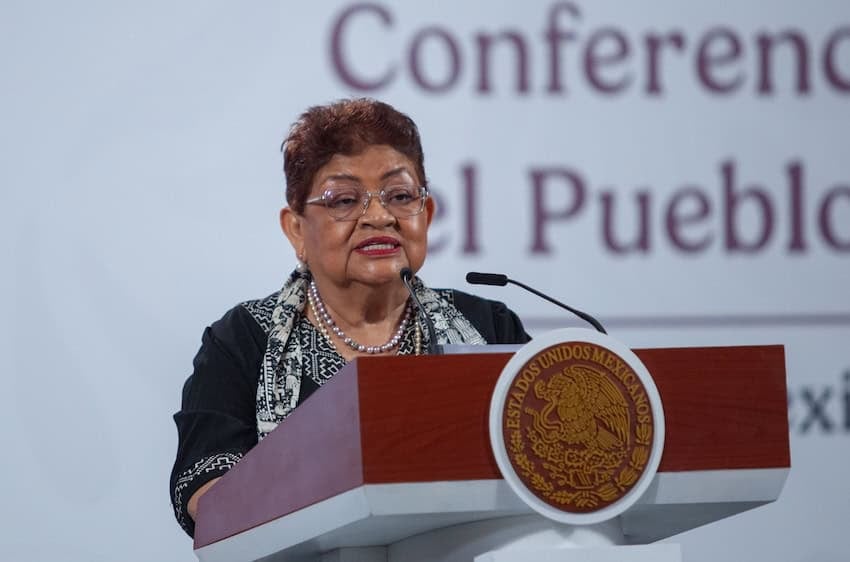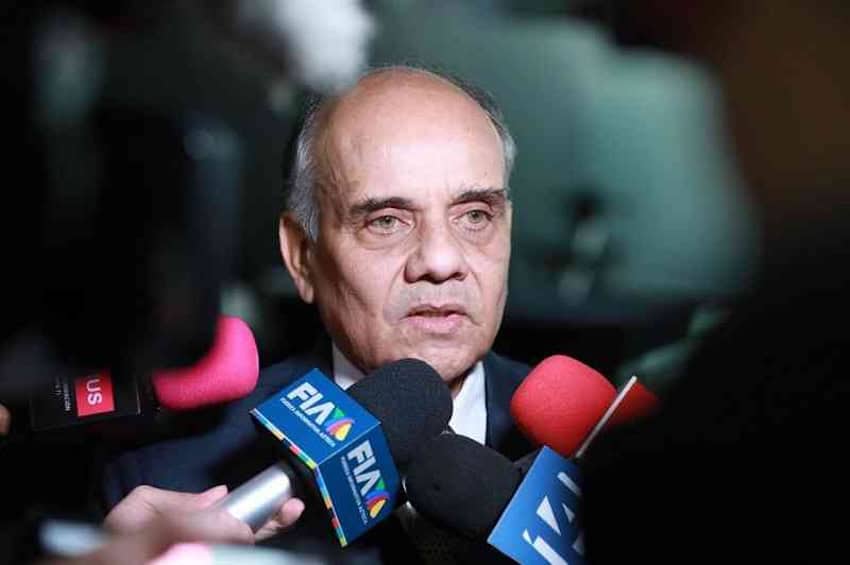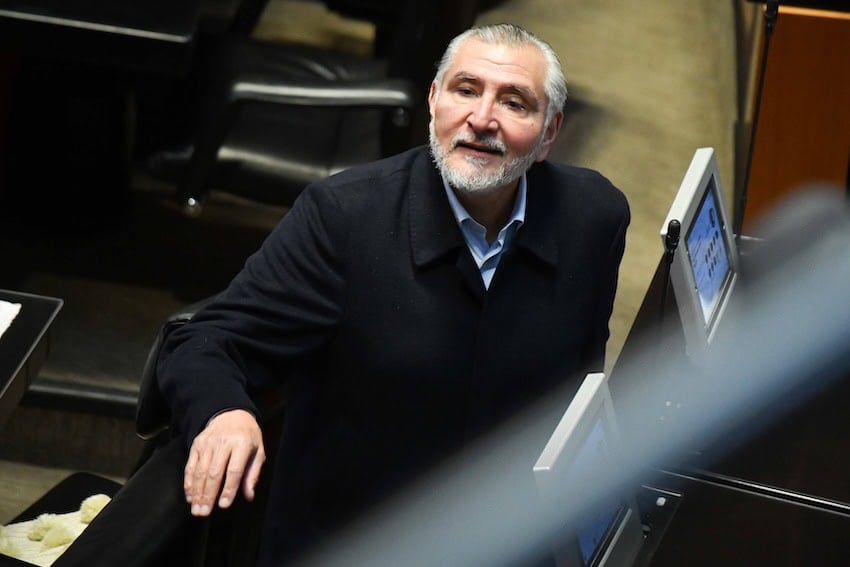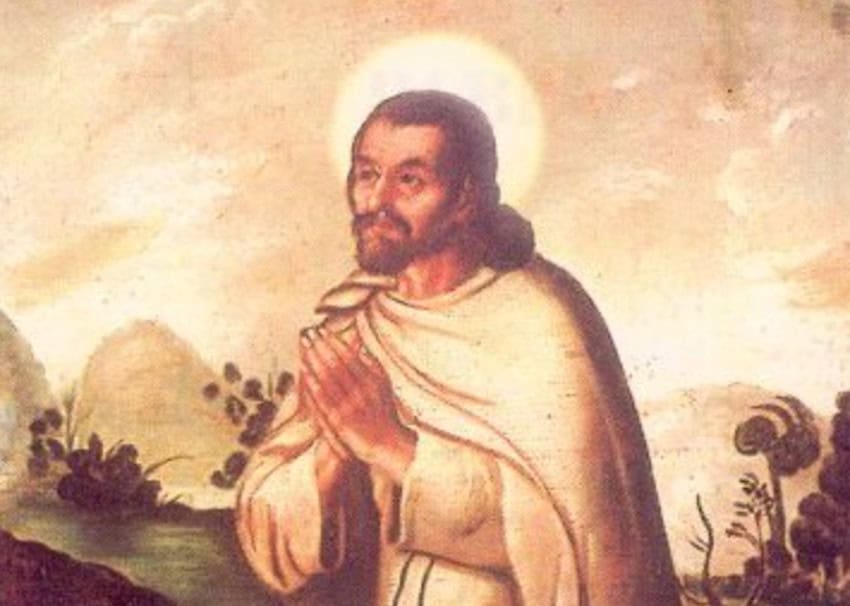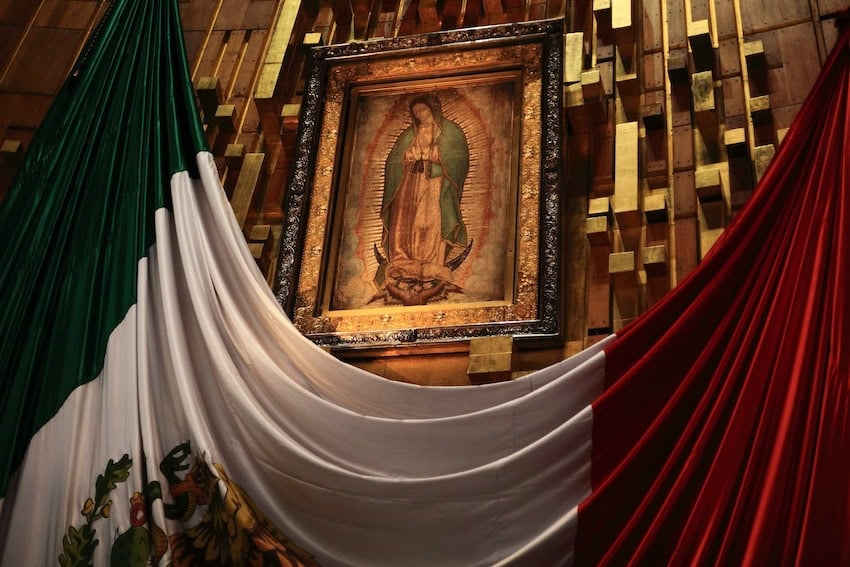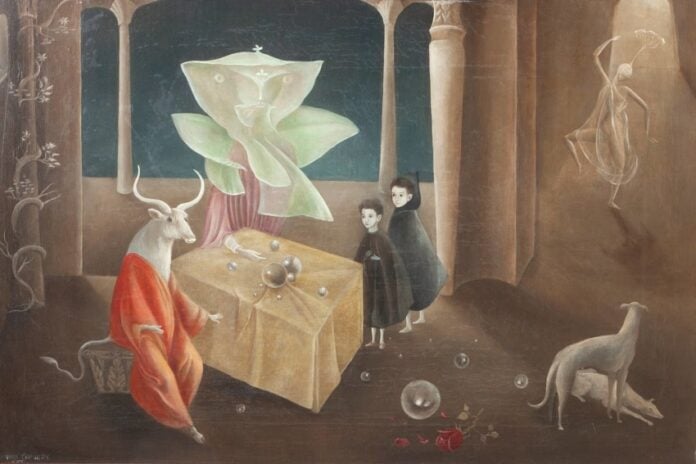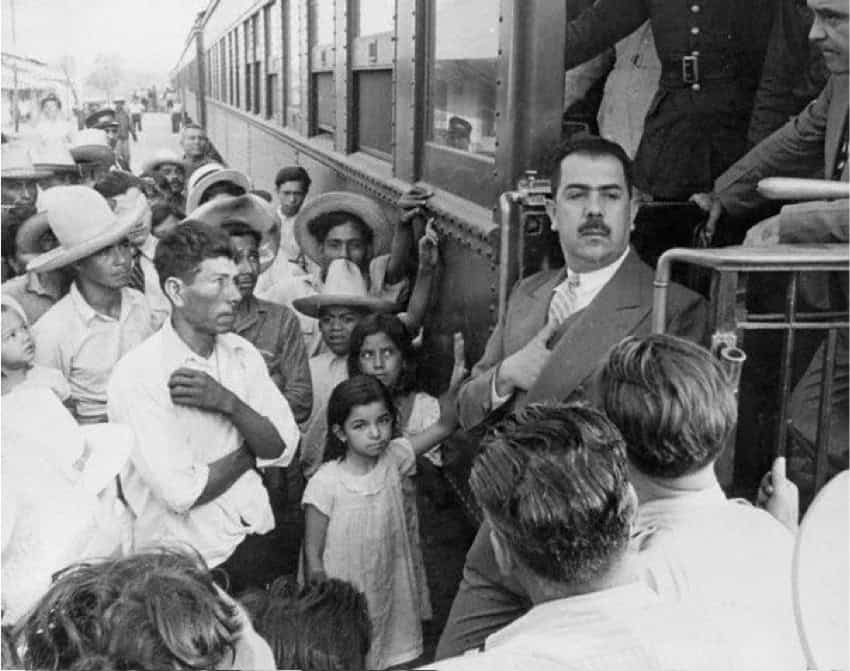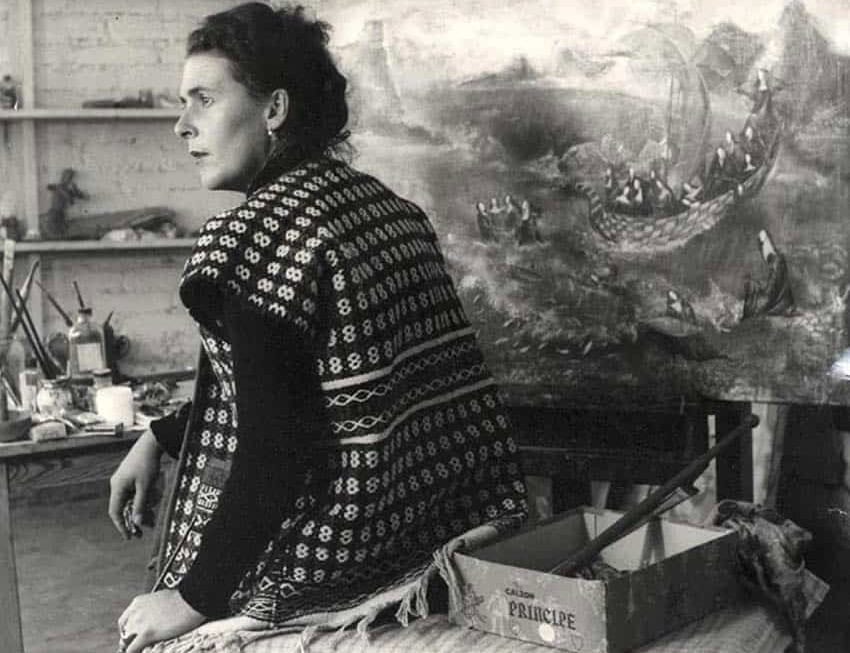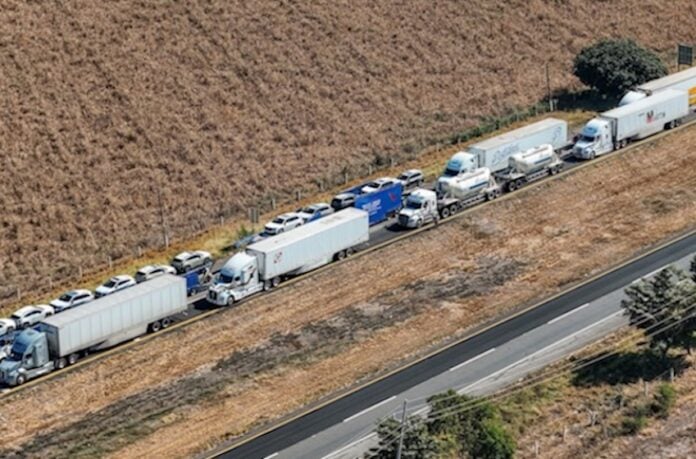Beneath Mexico’s sprawling agave fields, where the plants sway gently in the breeze and golden light filters through, lies a story of passion, resilience and purpose; a story centered around Montse González. It’s a compelling narrative of how one woman’s unwavering dedication can reshape an industry deeply rooted in tradition and craft.
As a pioneering figure in the male-dominated tequila sector, González embodies leadership that’s authentic and committed to making a meaningful impact. Her brand, Leyenda 1925, reflects not only her love for craftsmanship and cultural heritage but also her conviction that true success surpasses mere profit. It’s about creating ripples of change that extend beyond the bottle.

Montse González’s journey compels us to reflect on how purpose and heart can shape a future where tradition and innovation coexist, inspiring others to pursue paths of integrity and empowerment.
Leyenda 1925, a story waiting to be told
Her entry into the tequila industry stemmed from a deep respect for the land and its traditions.
“I’ve always felt that tequila is much more than a drink,” she says. “It’s a story infused with identity, patience and reverence for the land. My vision was to honor the craftsmanship and integrity behind authentic tequila; it’s not just another label or brand, but a story waiting to be told.”
And what a story it is.
To González, tequila embodies “time, family and agave. It’s about the soul that embodies patience, land and legacy.” She perceives tequila not just as a beverage but as a living testament to cultural heritage and the craftsmanship passed through generations. Each sip tells a story that deserves to be shared with authenticity and respect.
Staking out a space in a male-dominated industry
Navigating the predominantly male tequila industry has tested her resilience and leadership. Her approach is anchored in empathy and genuine connection, which helps her carve out her space in a field often lacking diversity.
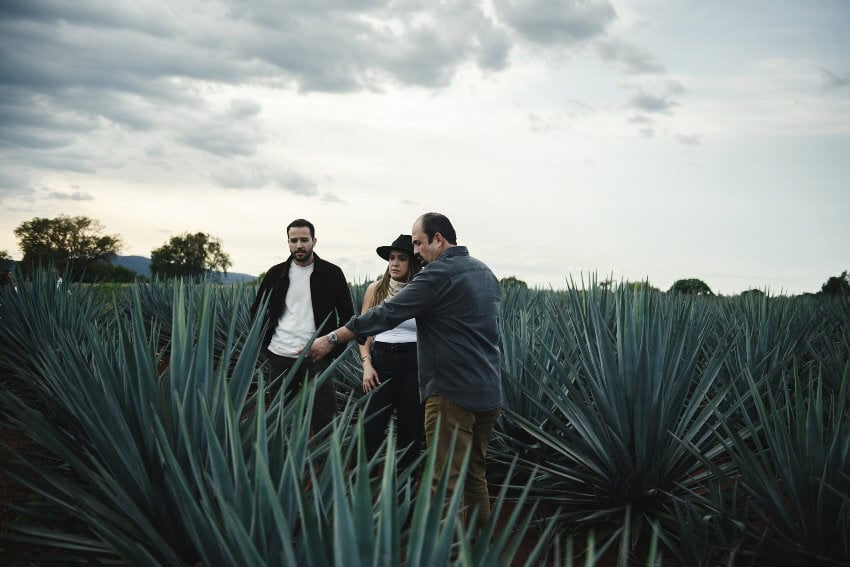
“It’s been challenging, but I believe leadership isn’t defined by gender but by direction,” she asserts. “When it’s about collaboration instead of competition, I find strength in infusing a more human quality into my work.”
For González, purpose is woven into every facet of Leyenda 1925, which she co-founded earlier this year with cousins Julio and Juan González.
“A brand without purpose lacks a real legacy,” she states. “From the start, I believed that success is measured not just in sales, but in what we give back. I didn’t want to redefine anything, but I aimed to create a bridge. Ensuring that each bottle contributes to building futures is vital to me.”
A commitment to change and supporting communities
Her commitment to social impact is a hallmark of her leadership. Every decision and every bottle is crafted with awareness and to support communities. She holds the belief that a brand’s true legacy lies in the positive change it fosters.
Beyond her work in spirits, González passionately advocates for women’s education in Mexico through her involvement with Jaltepec, an educational institution that equips young women from underserved, rural backgrounds with the skills required to forge their paths.
“The first time I witnessed the transformation education brings not just to individuals but also to families was unforgettable,” she recalls. “I saw young women dreaming bigger than their circumstances. Educating women strengthens families, as educated women raise responsible citizens and inspire others. That ripple effect can change entire communities, and it addresses root challenges in Mexican society.”
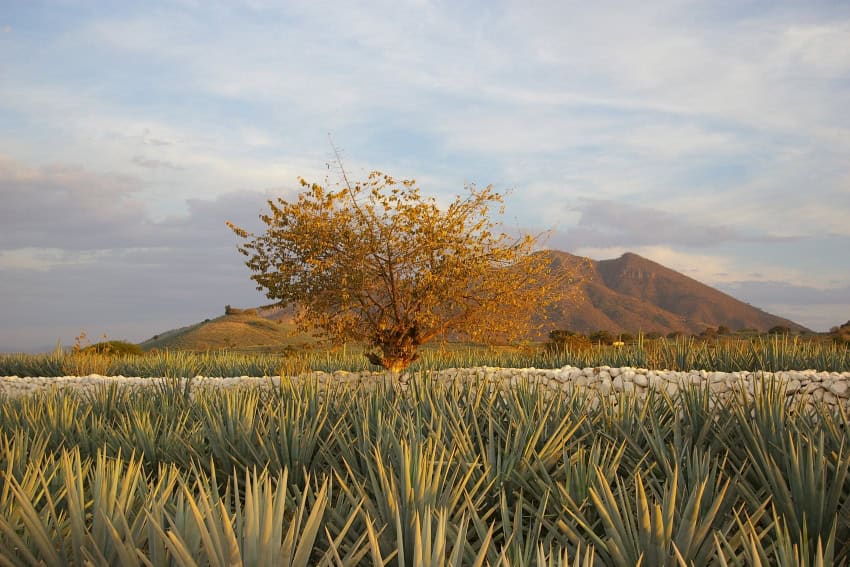
Empowering women to break barriers
Her commitment to empowering women arises from a core belief that when women receive opportunities to learn and lead, entire communities thrive.
Many women in rural and vulnerable communities across Mexico face seemingly insurmountable barriers. Limited resources, societal expectations and cultural norms often deter them from aspiring to leadership or entrepreneurship.
“Many women in rural areas grow up believing that opportunities are scarce,” González explains. “Leadership and business seem out of reach, not just due to economic constraints, but also a lack of access. Jaltepec provides women with a sense of belonging and the ability to realize their potential. It alters their mindsets and attitudes by teaching them to discover their self-worth.”
Supporting Jaltepec and women in leadership positions
As the Jaltepec International Affairs Coordinator, she witnesses these transformations firsthand.
“It creates a multiplier effect,” she notes. “People observe these young women succeeding both personally and professionally, which allows them to see themselves as capable of achieving the same.”
Supporting Jaltepec is integral to González’s vision, and she engages with it sincerely and dedicatedly.
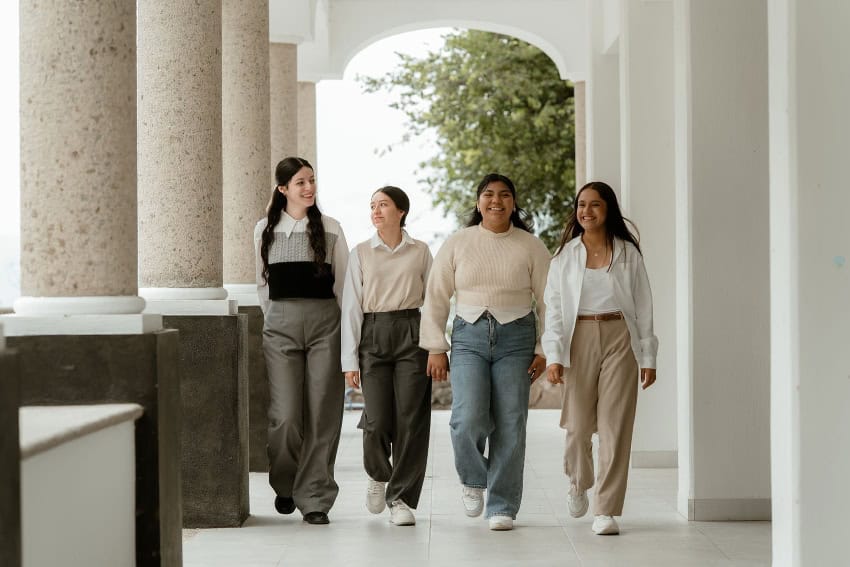
“I am actively involved in these educational centers,” she emphasizes. “I know the organization from within. Together with Leyenda 1925, we support entrepreneurial projects that ensure students translate their learning into real-world impacts, creating lasting change for themselves, their families and their communities. We commit long-term, viewing these women as assets and future leaders. We fund their education, mentor them, and ensure they are not just trained, but fully equipped to succeed. It’s all about building resilience and confidence so they can shape their futures and uplift those around them.”
It’s about more than just tequila
González’s work exemplifies how entrepreneurship, cultural tradition, and female empowerment intertwine to create meaningful change. Her vision for Leyenda 1925 goes beyond producing exceptional tequila; it serves as a beacon of purpose-driven leadership.
She hopes her example inspires young women across Mexico to recognize that leadership can be rooted in compassion, strength, and authenticity. Her message to them is simple yet profound.
“You already have what it takes; you just need to believe in it long enough to make it real. Often, you don’t realize your potential until you take the time to know yourself. Remember, your background doesn’t define you, your choices do.”
Montse González’s journey is larger than just tequila. It’s about crafting a future where women lead with integrity, where tradition and innovation coexist, and where the spirit of the land fuels a movement of empowerment, destined to change lives and reshape perceptions.
Her story serves as a powerful reminder that when leadership is grounded in purpose and driven by the heart, it has the potential to transform industries, communities, and lives in profound ways.
What Leyenda 1925 encapsulates, celebrates and honors

Each bottle of Leyenda 1925 encapsulates the essence of the land, family, and resilience, embodying the steadfast belief that purpose and authenticity can forge a lasting legacy.
Every drop of Leyenda 1925 celebrates the spirit of the land, the stories of those who cultivate it, and the resilience of communities striving for brighter futures.
Each sip honors a legacy of authenticity, compassion, and purpose, weaving a narrative that connects generations and fosters a sense of pride and responsibility.
Montse González stands as a testament to the powerful intersection of heritage, empowerment and innovation, illustrating how one woman’s vision can illuminate a path for many.
As we raise a glass to Montse and the ethos behind her brand, let us all be reminded that true greatness resides not only in success but also in the impact we have on the lives of others.
May her message and legacy inspire generations to come and encourage a collective effort toward a more equitable future.
Charlotte Smith is a writer and journalist based in Mexico. Her work focuses on travel, politics, and community. You can follow along with her travel stories at www.salsaandserendipity.com.
